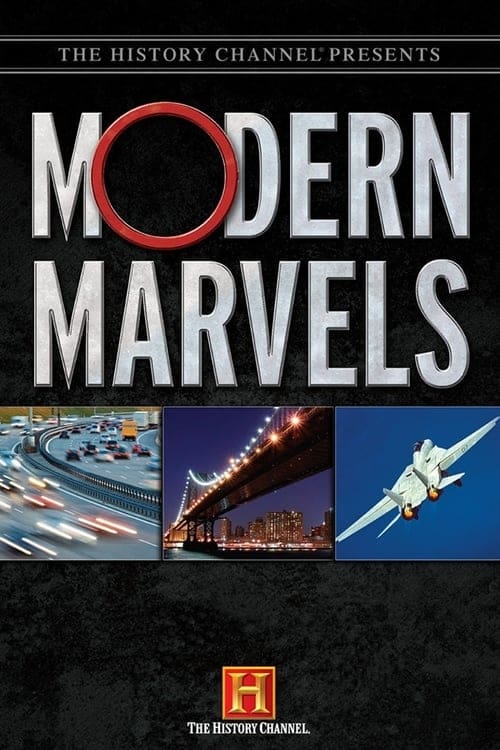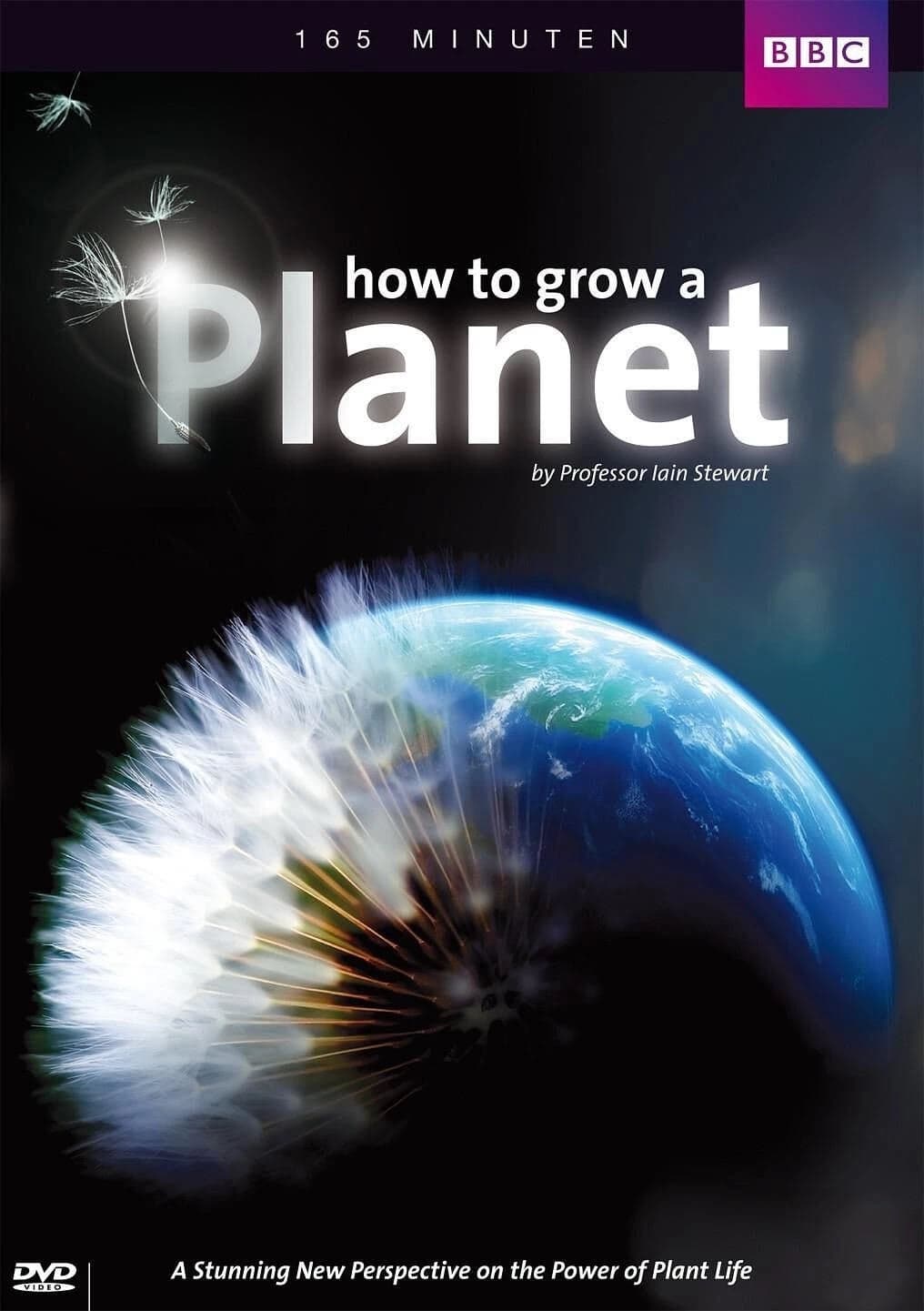Watch Horizon Season 37 Episode 17 Online
-
- COUNTRIES: United Kingdom
- Subtitles: English
In June 2000, astronomers made an extraordinary discovery. One that promises to solve one of the biggest problems in cosmology - how and why galaxies are created. Incredibly, the answer involves the most weird, destructive and terrifying objects in the Universe - supermassive black holes. Scientists are beginning to believe that these forces of pure destruction actually help trigger the birth of galaxies and therefore are at the heart of the creation of stars, planets and all life. Supermassive black holes are so extraordinary that until recently, many people doubted that they existed at all. The idea of giant black holes the size of the Solar System seemed more like science fiction that reality - such monsters would be so powerful that they could destroy the very fabric of the Universe. But in the last five years a series of discoveries has changed our understanding of supermassive black holes and galaxies forever. Using the powerful Hubble Space Telescope, scientists have been scanning nearby galaxies, searching for these giant black holes. It's a difficult job - by their very nature black holes swallow light - so can never be seen. So what scientists have been looking for is the effect of their massive gravity, hurling stars around them at immense speed. What they've found is more extraordinary than anyone could ever have imagined; not just evidence that these vast destructive monsters exist… but so far they're in every single galaxy toward which they have turned their telescopes. These giant agents of destruction appear to be common throughout the Universe. Scientists now think supermassive black holes are a fundamental part of what a galaxy actually is. Lurking at the heart of every single galaxy is a giant black hole of apocalyptic proportions - and that includes our own galaxy, the Milky Way. Astronomer Andrea Ghez has been studying the heart of the Milky Way for the last five years. What she's discovered is irrefutable evidence for a giant black hole, 3 billion times the size of our own sun. A black hole that could destroy the entire Solar System. And as Horizon was filming in July 2000, Ghez got some terrifying images - of the giant monster sucking up gas and stars at the galaxy heart. So what is this giant monster doing at the heart of our galaxy? What effect will this giant black hole 25,000 light years away have on us and the rest of the galaxy around it? These are questions that have been puzzling astronomers for the last few years - and in June, two separate groups of scientists found evidence that points to a startling answer. Rather than being destructive parasites, it seems that supermassive black holes may be essential in the very creation of the galaxies they live in. Exactly how our galaxy was created has mystified astronomers and physicists for years. Although there have been many theories, there's little evidence to explain how the gas in the early Universe condensed to form the galaxy we see today. Now scientists realise they've been missing a vital ingredient - a supermassive black hole. The immense gravity of a giant black hole might trigger the gas to collapse in the first place. By churning up the gas around it, a giant black hole would trigger the birth of stars, planets and life itself. Despite being the most destructive thing in the Universe, scientists now think our supermassive black hole could be crucial in creating the galaxy as we know it. The supermassive black hole in our own galaxy may be the reason we exist, but recent work suggests it may also be our end. At present Earth is so far away from the black hole that it can't affect us, but physicist John Dubinski thinks all that could change. In January 2000 he graphically simulated the final fate of our galaxy. In 3 billion years we will collide with the next door galaxy, Andromeda. The resulting apocalypse will force the Earth and our Solar System out of orbit. Dubinski has calculated a worrying 50:50 chance that we'll be sent hurtling in towards the black hole at the centre of this maelstrom. This would be fatal for the Earth.






























































